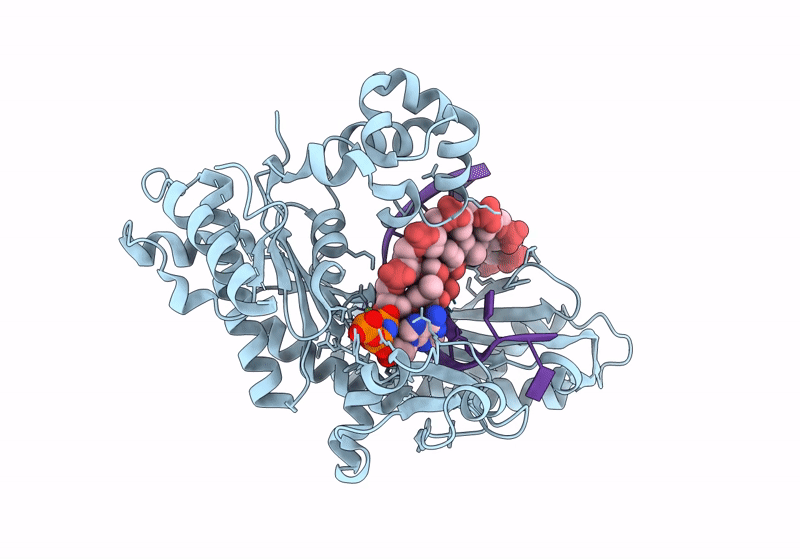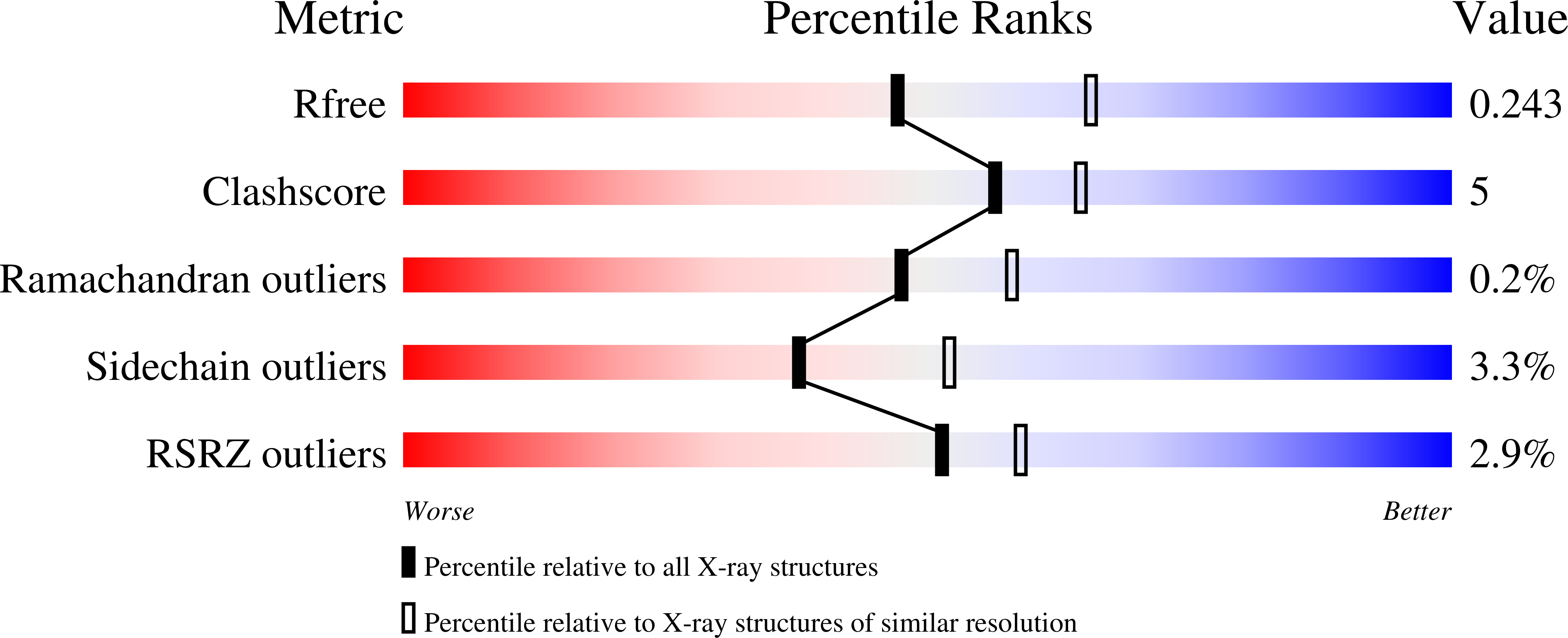
Deposition Date
2023-10-11
Release Date
2024-03-20
Last Version Date
2024-05-01
Entry Detail
PDB ID:
8UJT
Keywords:
Title:
Crystal structure of human polymerase eta with incoming dAMPnPP nucleotide opposite urea lesion
Biological Source:
Source Organism:
Homo sapiens (Taxon ID: 9606)
synthetic construct (Taxon ID: 32630)
synthetic construct (Taxon ID: 32630)
Host Organism:
Method Details:
Experimental Method:
Resolution:
2.31 Å
R-Value Free:
0.24
R-Value Work:
0.17
R-Value Observed:
0.18
Space Group:
P 61


